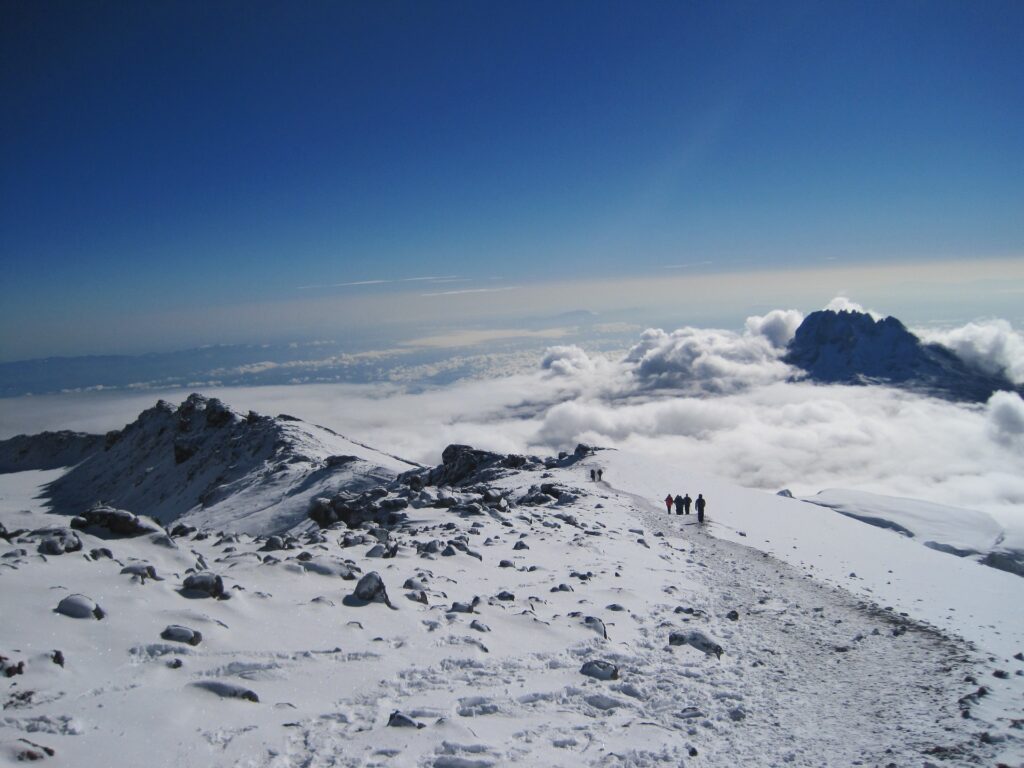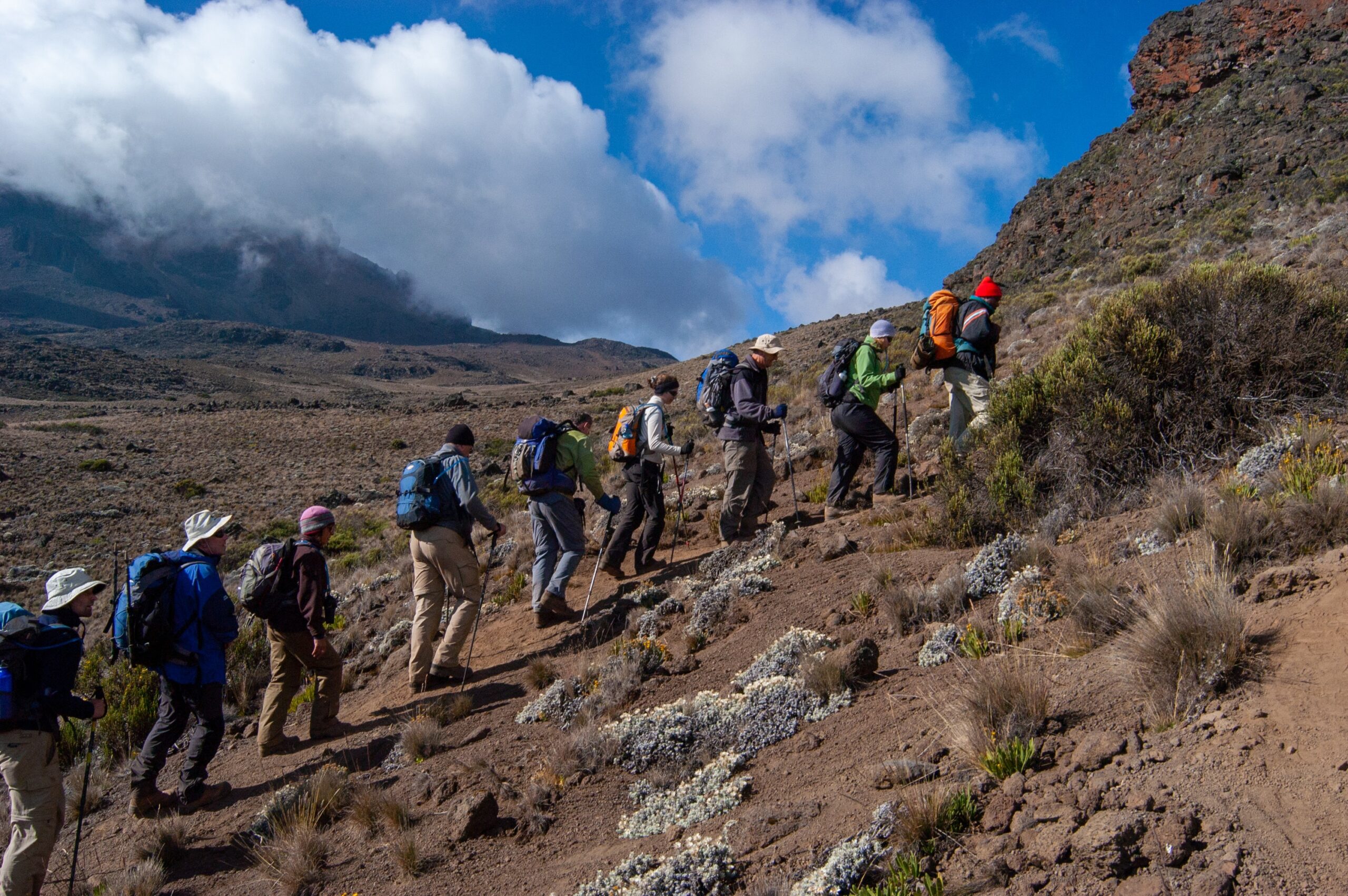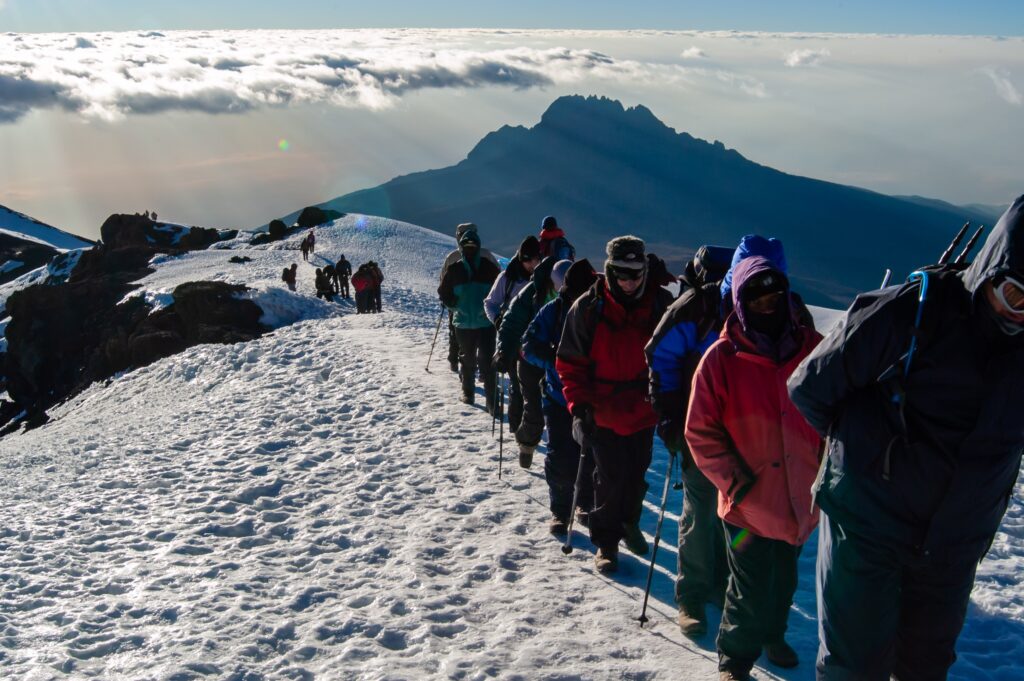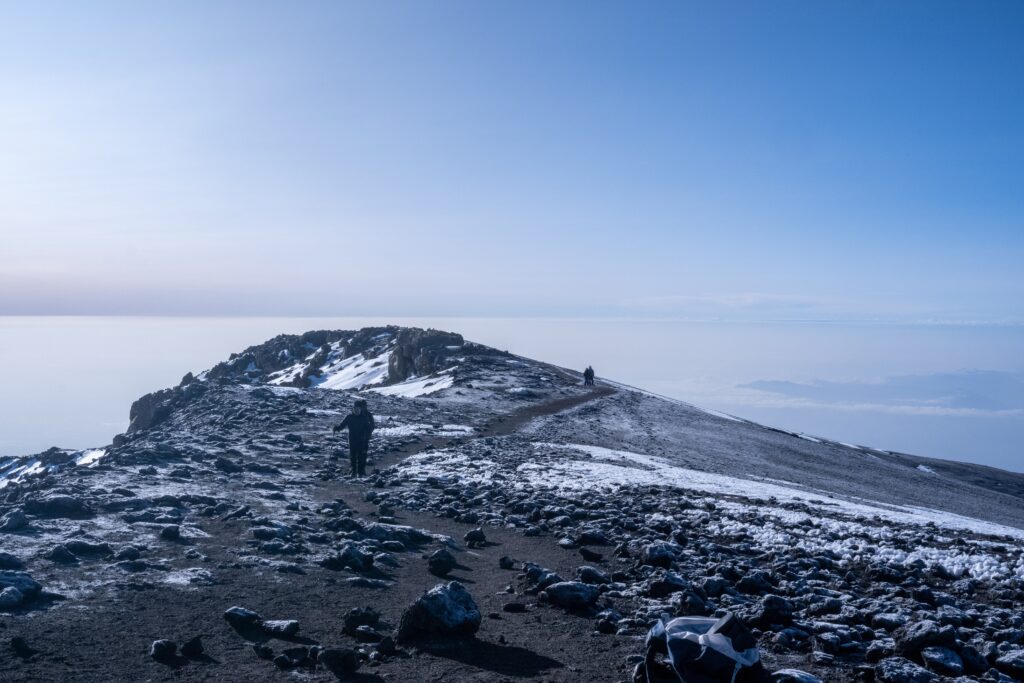Mount Kilimanjaro, standing proud as the highest peak on the African continent, has been enchanting adventurers and mountaineers for centuries. Rising 5,895 meters (19,341 feet) above sea level, this majestic mountain in Tanzania offers an incredible challenge and a truly remarkable experience for those seeking an unforgettable adventure. This article will delve into the journey to conquer the Roof of Africa, exploring the physical and mental preparation required, the awe-inspiring landscapes encountered, and the sense of accomplishment that comes with reaching the summit.

Preparing for the Ascent
Before embarking on the journey to Mount Kilimanjaro, it is crucial to understand the physical demands of the climb and undertake appropriate preparations. This entails a comprehensive physical training regimen, focusing primarily on cardiovascular endurance, strength training, and altitude acclimatization.
Cardiovascular endurance training, such as jogging, cycling, or swimming, is vital to prepare the body for the strenuous uphill climb and the reduced oxygen levels at higher altitudes. Regular sessions of aerobic exercise should be incorporated into the training schedule leading up to the expedition.
Strength training exercises, including squats, lunges, and core stability exercises, are essential for strengthening the leg muscles and improving stability on uneven terrain. A strong lower body is fundamental for persevering through the long, arduous ascent.
Altitude acclimatization is a crucial aspect of preparing for a successful climb. Spending time at high altitudes prior to the expedition, such as hiking in mountainous areas or participating in a pre-climb acclimatization program, helps the body to adapt to reduced oxygen levels gradually. This reduces the risk of altitude sickness and improves overall performance during the climb.
Ascending through Diverse Landscapes
The ascent of Mount Kilimanjaro typically takes between five to nine days, depending on the chosen route and individual preferences. Each route offers unique landmarks and breathtaking landscapes, creating an immersive experience that goes beyond the physical feat.

The Marangu Route, known as the “Coca-Cola” route, is the most popular and direct path to the summit. This trail meanders through lush rainforests, where vibrant endemic flora thrives. The sights and sounds of exotic bird species, monkeys, and small mammals add to the sense of adventure. As the altitude increases, the vegetation becomes sparser, gradually transitioning into the otherworldly lunar landscape of the saddle zone.

The Machame Route, also called the “Whiskey” route, presents a more challenging and scenic alternative. Following this path brings trekkers through dense montane forests, home to a variety of wildlife. The climb then unveils stunning views of towering glaciers, picturesque valleys, and knife-edge ridges. The Machame Route’s longer duration allows for enhanced acclimatization, increasing the chances of summit success.

The Lemosho Route, renowned for its diverse landscapes, offers a more remote and less crowded experience. Starting in a pristine rainforest, hikers traverse a serene plateau scattered with wildflowers before reaching the rugged terrain of the Shira Plateau. This breathtaking route showcases the mountain’s natural beauty, culminating in an awe-inspiring sunrise during the final ascent to Uhuru Peak.
Reaching the Summit: Uhuru Peak

Reaching Uhuru Peak, the highest point of Mount Kilimanjaro, is the ultimate goal for climbers. However, the final ascent is not without its challenges; it demands utmost mental fortitude and determination. The altitude, combined with the physically exhausting journey leading up to this point, can test even the most experienced climbers.
Read about our another post Witnessing The Northern Lights in Iceland
The final climb to Uhuru Peak usually takes place overnight to ensure hikers reach the summit in time for the breathtaking sunrise. The biting cold and darkness add an air of intensity to the ascent. The terrain is demanding, consisting mainly of loose scree, requiring careful footing and perseverance.
As climbers gradually ascend, they witness the night sky transforming into brilliant hues of orange and pink, giving them a spiritual boost to carry on. The altitude presents a significant challenge, affecting oxygen levels and leaving climbers breathless. The relentless willpower and the unwavering support from fellow trekkers and guides help push climbers forward until they finally reach the summit.
Must Visit:Odishashop.com
Standing atop Uhuru Peak at sunrise is an awe-inspiring experience that defies description. The extraordinary feeling of standing on the Roof of Africa, surrounded by enchanting views of the African continent below and the glistening glaciers above, is truly breathtaking. The sense of accomplishment and fulfillment that overcomes climbers is immeasurable, making all the physical and mental challenges worthwhile.
A Journey to Remember

Tackling Mount Kilimanjaro is a once-in-a-lifetime adventure that pushes individuals to their limits and rewards them with unforgettable memories. The arduous physical training, awe-inspiring landscapes, and resolute determination all culminate in an experience that is both transformative and life-changing. Whether it is the sense of accomplishment in reaching the summit, the captivating landscapes encountered along the way, or the camaraderie forged with fellow climbers, conquering Mount Kilimanjaro is an endeavor that should be on the bucket list of every adventurer seeking a unique and challenging journey.
FAQ For Conquering the Roof of Africa: Tackling Mount Kilimanjaro
What is “Conquering the Roof of Africa”?
“Conquering the Roof of Africa” is an adventure expedition offered by a specialized mountaineering company that aims to guide and support individuals in successfully summiting Mount Kilimanjaro, the highest peak in Africa.
Where is Mount Kilimanjaro located?
Mount Kilimanjaro is situated in Tanzania, East Africa, near the border with Kenya. It is an iconic volcanic mountain and a popular destination for outdoor enthusiasts and climbers from around the world.
Is climbing Mount Kilimanjaro physically demanding?
Yes, climbing Mount Kilimanjaro can be physically demanding, as it involves trekking at high altitude. Proper physical conditioning and preparation are recommended before undertaking this expedition. However, there are different routes available, each with varying difficulty levels, so participants can choose a route that matches their fitness level.
Do I need mountaineering experience to climb Mount Kilimanjaro?
While prior mountaineering experience is not mandatory, it is beneficial to have some hiking or trekking experience, especially at high altitudes. It is advisable to engage in physical training and consult with the tour operator to ensure you are adequately prepared for the challenges of climbing Mount Kilimanjaro.
What are the different routes to the summit of Mount Kilimanjaro?
Mount Kilimanjaro offers several routes to its summit, including the Machame, Marangu, Lemosho, Rongai, and Northern Circuit routes, among others. Each route has its own characteristics, scenery, and difficulty level. The tour operator can recommend the most suitable route based on your preferences and abilities.
Is altitude sickness a concern on Mount Kilimanjaro?
Yes, altitude sickness, also known as acute mountain sickness (AMS), is a concern when ascending Mount Kilimanjaro due to the high altitude. The tour operator will ensure a gradual ascent and include sufficient acclimatization days in the itinerary to minimize the risk of AMS. It is important to follow the instructions of the guides and listen to your body throughout the climb.
Will there be accommodation during the climb?
Yes, accommodations in the form of mountain huts or tents will be provided during the climb, depending on the selected route. These accommodations are designed to provide shelter and basic amenities for climbers during the expedition.
Are meals provided during the climb?
Yes, all meals, including breakfast, lunch, and dinner, will be provided during the climb. These meals are typically prepared by the support staff and designed to provide necessary nutrition and energy for the participants.
How do I book the “Conquering the Roof of Africa” expedition?
To book the “Conquering the Roof of Africa” expedition, you can visit the mountaineering company’s official website or contact their customer service team directly. They will provide you with all the necessary information, including availability, pricing, and booking procedures.

